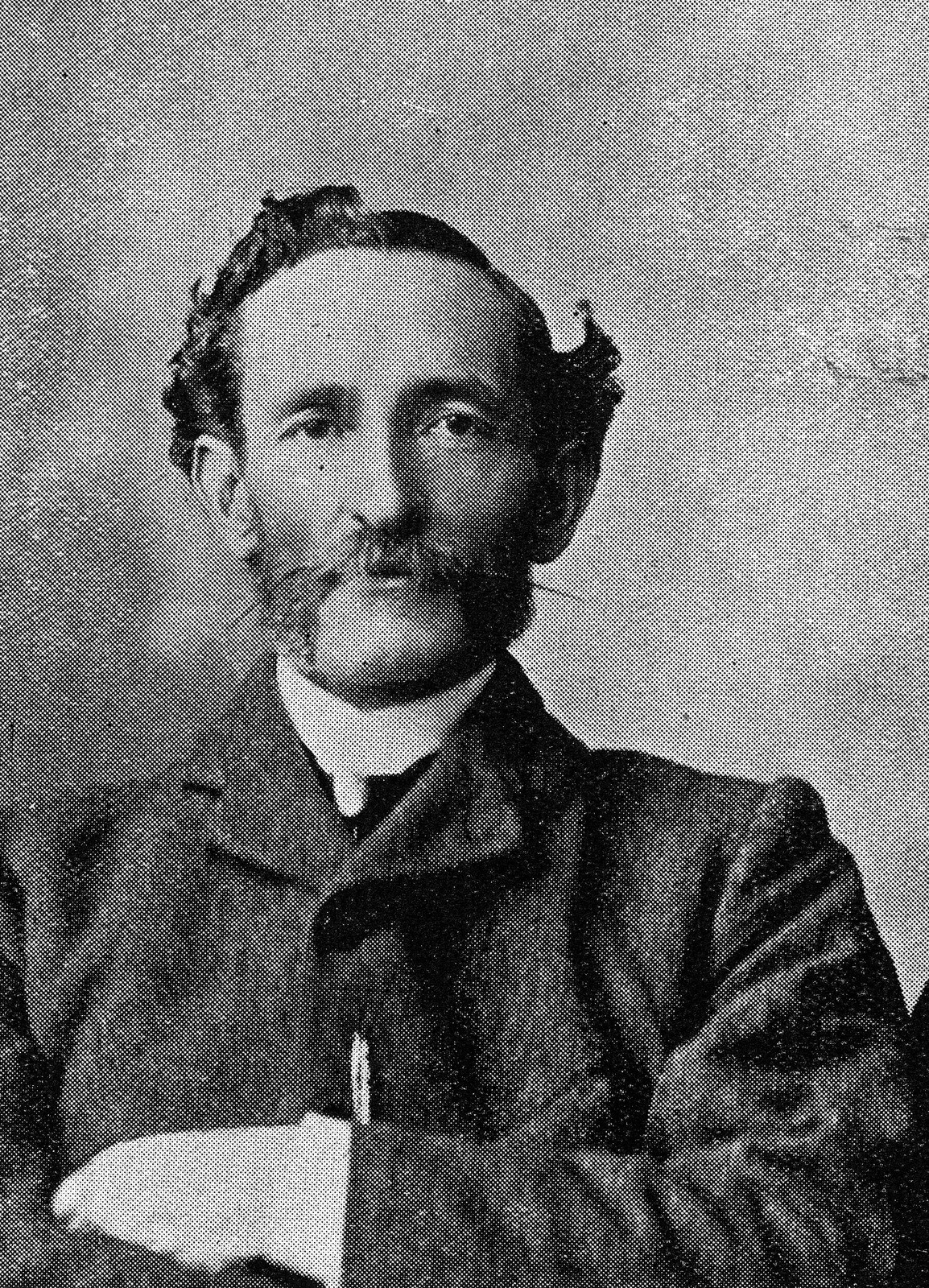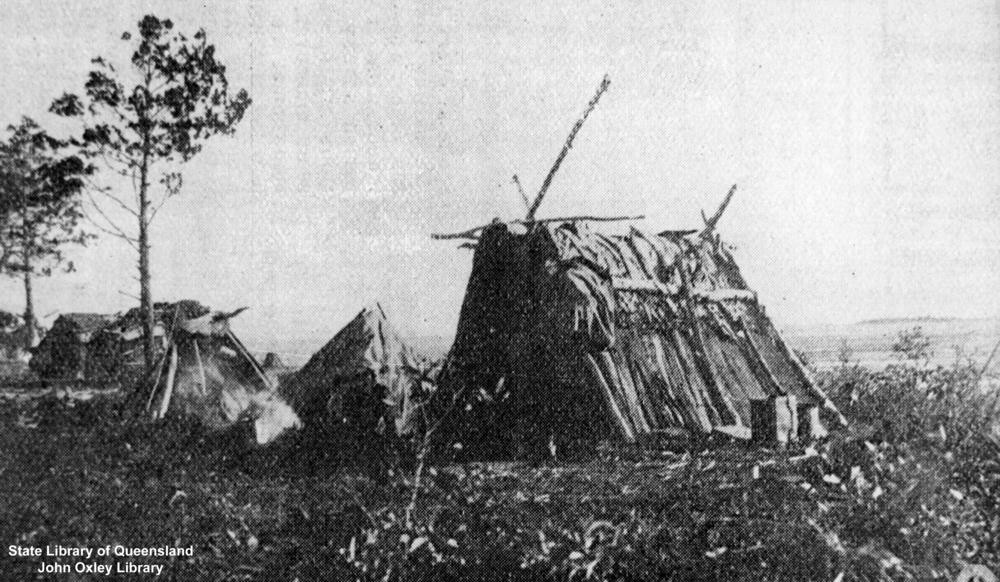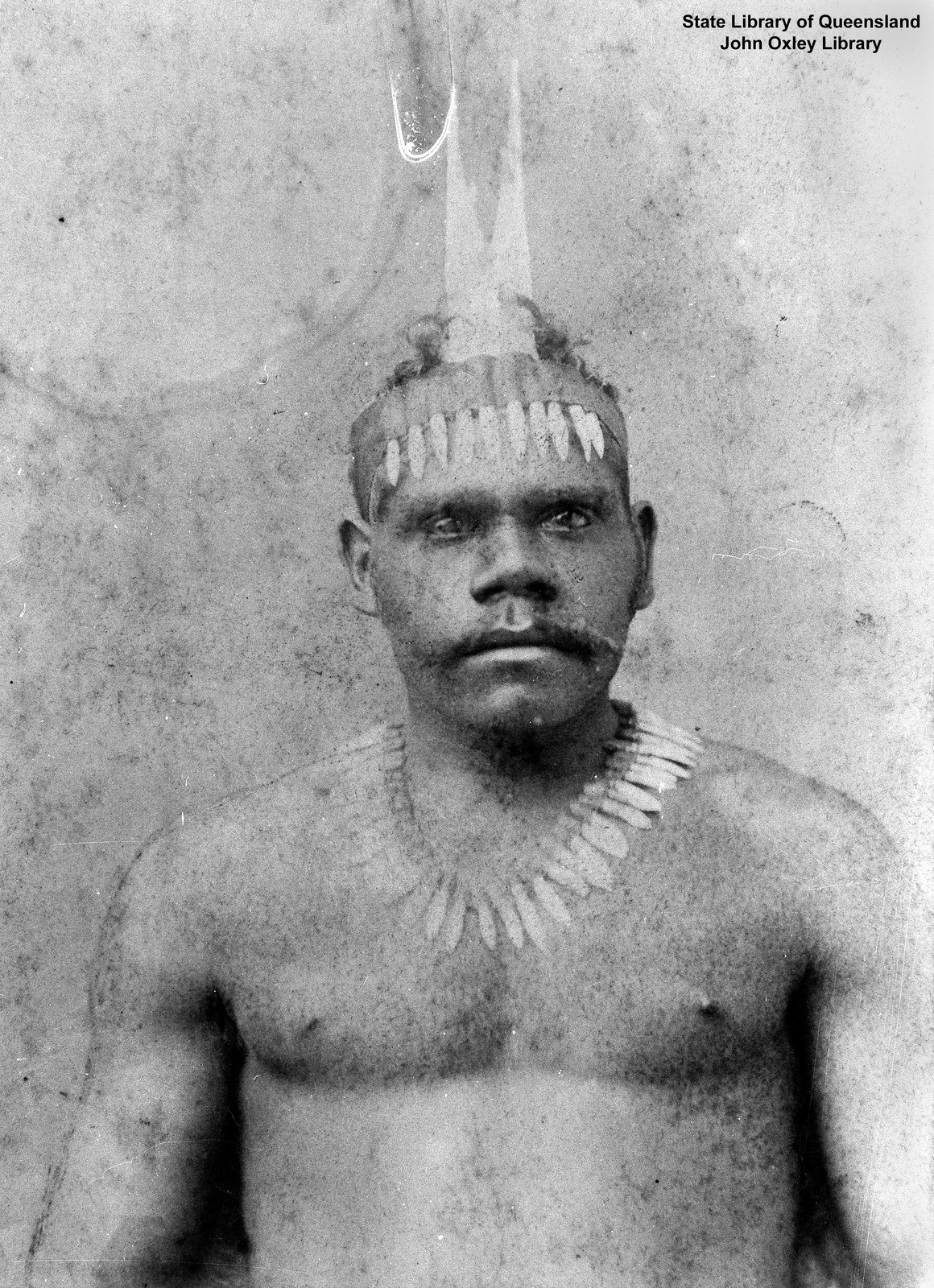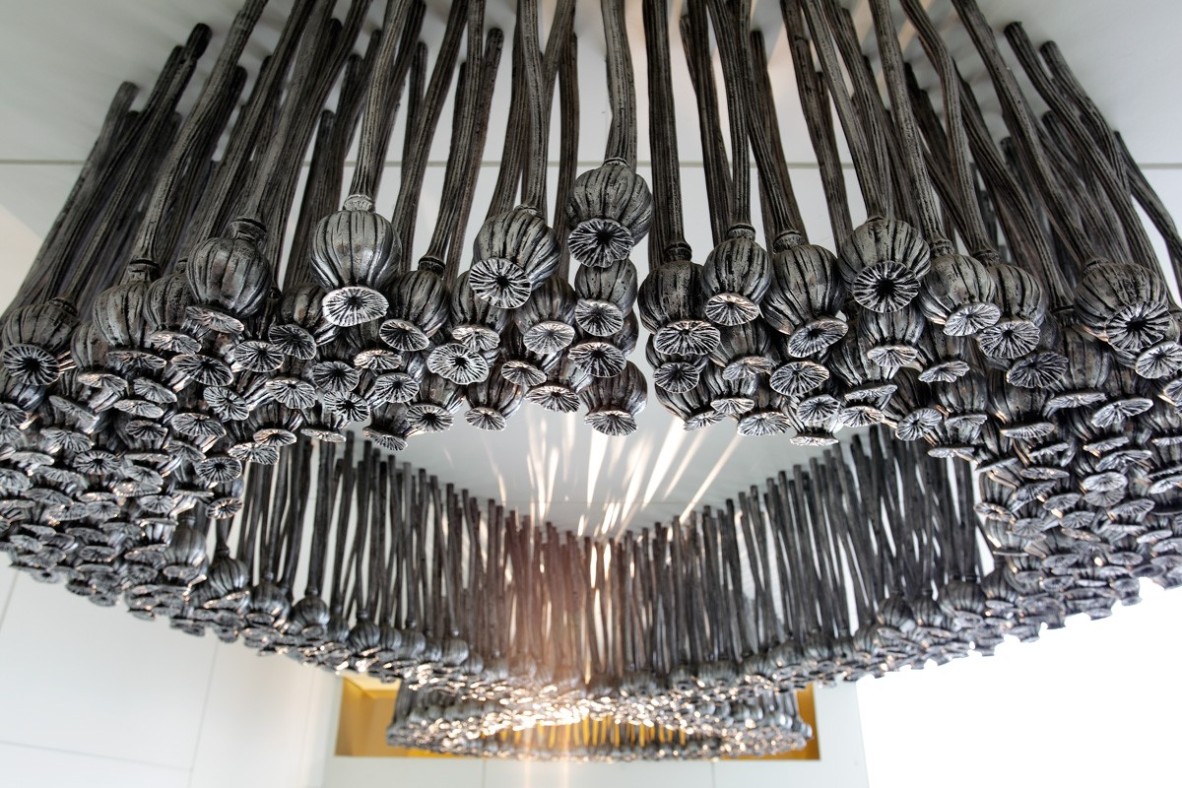Dr Fiona Foley - Monica Clare Research Fellow
By Fiona Foley, 2020 Monica Clare Research Fellow | 3 November 2020
This blog was written by 2020 Monica Clare Research Fellow, Dr Fiona Foley as part of her research project into the 52 Badtjala people taken from Maryborough to K'gari (Fraser Island) by Archibald Meston.
There were many aspects of Queensland’s history that I never came into contact with as a student. The curriculum was devoid of an Australia with Aboriginal sovereign nations present. It was a slow process of reading many historians from 1988 onwards. Then I struck gold a piece of legislation with a very long title, The Aboriginals Protection and Restriction of the Sale of Opium Act, 1897. I was curious about two words ‘Aboriginals’ and ‘opium’ in the same title. This led me to piece together a jigsaw puzzle pertaining to the legal and widespread use of opium in Queensland.
The state government issued licences in all of Queensland’s far flung country towns and its larger port cities.
Indeed, Maryborough is noted for having a number of opium dens in its main street and was a port city on the Mary River that offloaded opium along with other goods and supplies. Opium did become illegal in late 1897 but the trade continued well into 1906. On 29 January 1898, The Warwick Examiner and Times reported that ‘opium to the value of over £90 was seized in Maryborough on Saturday morning’.
Many races in Queensland were using opium to relieve the drudgery of hard physical labour. However, opium was being given to Aboriginal populations in lieu of payment for labour. It was the ash from opium that had already been smoked called opium dregs or charcoal opium. The introduction of the legislation mentioned above was a Trojan Horse to gain access into Aboriginal communities and people’s lives.
Archibald Meston was appointed the first Protector of Aborigines in the South of Queensland. He was a believer in eugenics practices coming out of London and sought racial purity. Meston controlled marriages and denied interracial unions between Aboriginals and Chinese and Aboriginals and Europeans. He also established Bogimbah Creek Mission on the western side of K’gari the aim being to detain and detox opium-affected Aboriginal people. The first group sent to the mission was made up of 51 Badtjala men, women and children and within a very short time Meston was removing Aboriginal people from across the state to Fraser Island. It was a hell hole of deprivation, lacking medical supplies, food and shelter and mosquito born diseases were prevalent.

Photograph of Archibald Meston, 1901. Negative number 195656, John Oxley Library, State Library of Queensland.

Shelters at Boggimbah, Fraser Island, 1902. Negative number 107735, John Oxley Library, State Library of Queensland.
The experiment established by Meston was an abject failure and was later taken over by the Anglican Church. Both church and state failed in the end, with the mission closing in 1904. It took another 110 years for the Badtjala people to be legally recognised as the traditional land owners when Honourable Justice Collier handed down consent determination for the Badtjala People #2 Native Title claim on 24 October 2014.

Wondunna wearing headdress decorated with kangaroo teeth, Fraser Island, ca. 1900. Negative number 9980, John Oxley Library, State Library of Queensland.

Artwork Black Opium, located on level 4 of the State Library of Queensland.
Fiona Foley is also the curator of the public art installation on Level 4 of the State Library of Queensland called Black Opium. Acting as a prelude to entering the John Oxley Library, the suspended poppy heads are arranged in the shape of the infinity symbol, connecting a series of seven small rooms representing different ambiances and cultures, exploring themes of history, memory and politics through sculptural installations and photographs.
Foley's visually seductive work leads visitors on a journey through a little known part of the state's history. Her work is layered with meaning, revealing a time when Aboriginal people were often paid for their labours with opium, robbing them of their health, and in some cases, their lives.
The Monica Clare Research Fellowship is generously supported by donations to the Queensland Library Foundation.
Other Blogs by Fiona Foley
Commitment statement
This blog contains Aboriginal and/or Torres Strait Islander content, which has been made available in accordance with State Library of Queensland’s Aboriginal and Torres Strait Islander Collections Commitments.
2020 Monica Clare Research Fellow Fiona Foley: Research Reveals. Bogimbah Creek Mission. The First Aboriginal Experiment.
Comments
Your email address will not be published.
We welcome relevant, respectful comments.